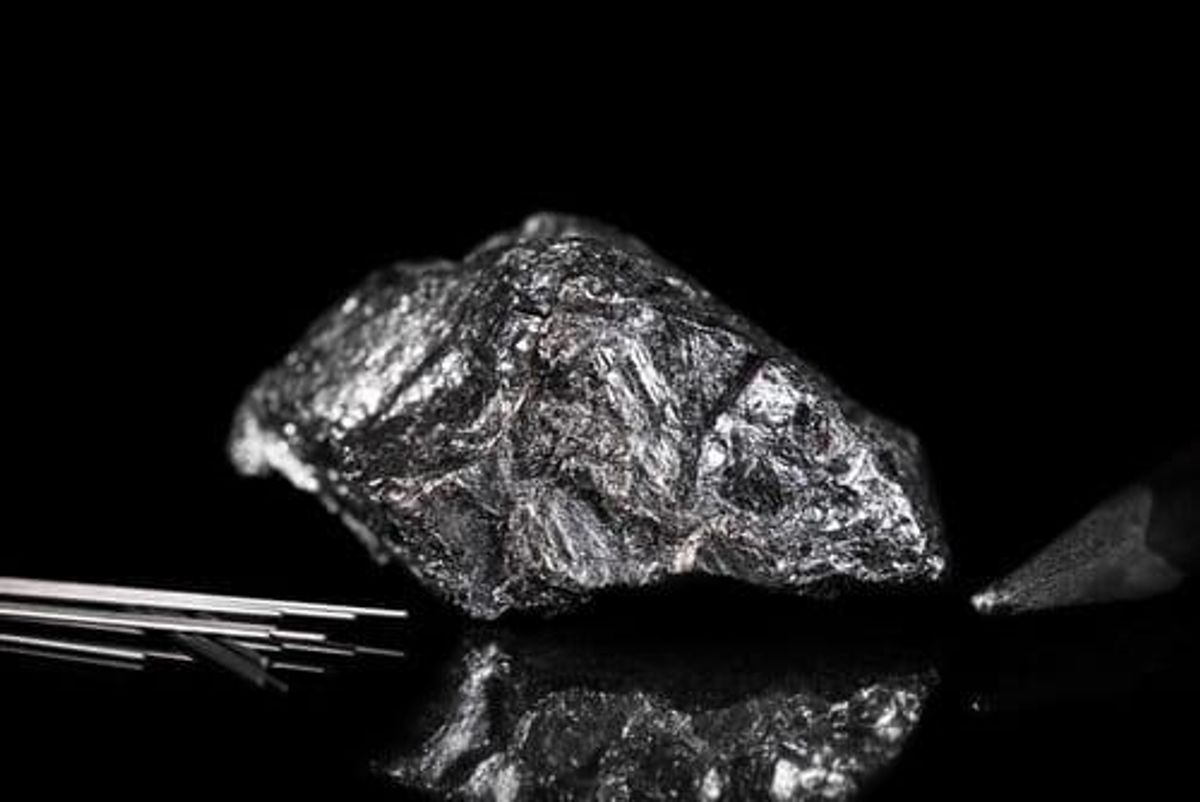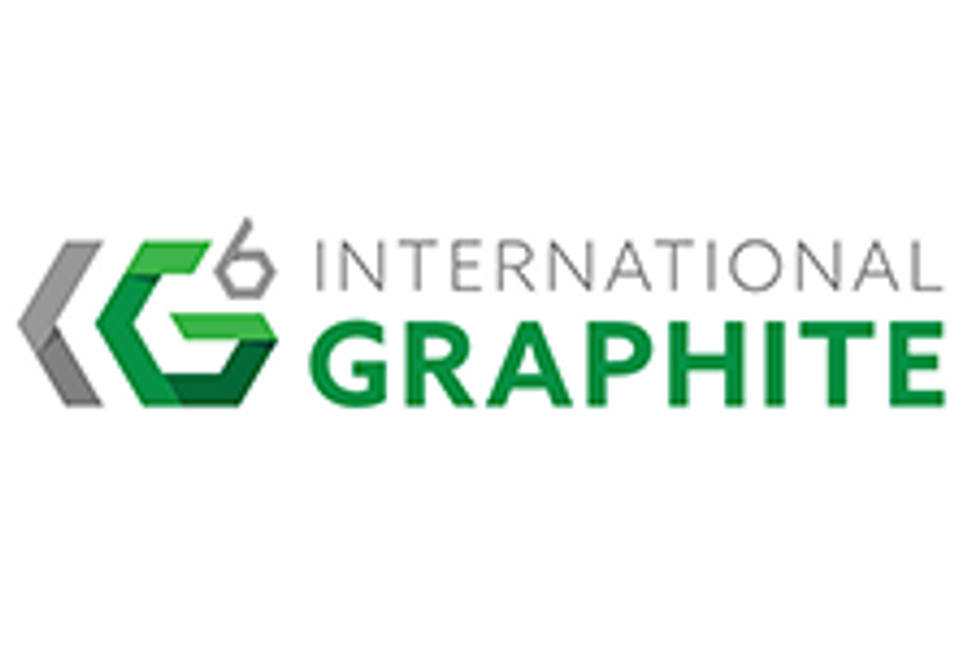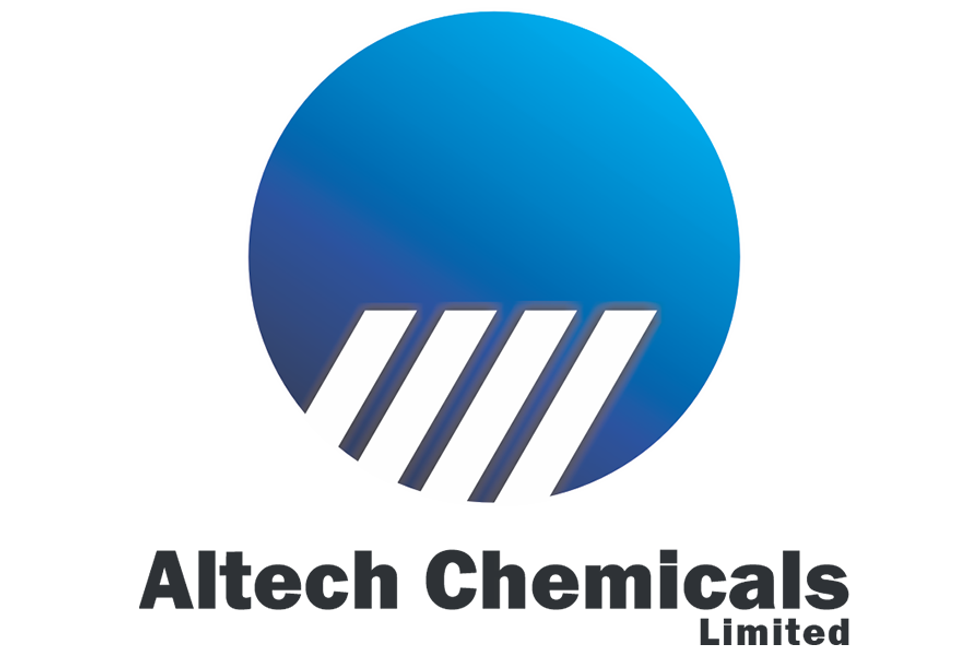Graphite Mining in the US Key to National Security Interests

Graphite mining in the US is becoming a critical industry for the nation’s security and economic interests.
Late last year, President Trump issued an executive order for the development of a federal critical minerals strategy to reduce the risk posed by foreign dependence on 35 minerals. Graphite mining in the US is an area of vast potential as graphite is one of four critical minerals currently not produced within the country.
US access to global oil production has significantly influenced its national security and foreign policy for roughly one-hundred years. Recently, some have speculated that this influence could wane with use of technologies like hydrohalic fracturing (aka “fracking”) that gave way to a wave of unconventional oil and natural gas production in the US. In the mix was, and still is, an abundance of discounted heavy oil from Canada.
It has become more apparent that foreign dependency of other material inputs could pose a similar level of risk to the US economy and defense sector and, like oil, is becoming a key influencer of US national security and foreign policy. Likewise, the US government is now turning its attention to materials like rare earth minerals, vanadium, gallium, and natural graphite.
Natural graphite is currently not extracted in the US, so firms are entirely dependent on foreign sources. Secondly, graphite is one of the materials essential to certain components in electronics, clean energy and battery technologies, as well as US defense equipment and systems. Thirdly, China, now considered a major geopolitical competitor to the US, is a significant supplier to the US market. With trends such as these across numerous critical materials, it shouldn’t be surprising that the US government is seeking to reduce the risk associated with 35 minerals deemed critical to the US economy and defense sector.
Graphite: Critical for clean energy and defense technologies
In 2017, global natural graphite production was largely dominated by China with 780 million tonnes, or 67 percent. Between 2013-2016 alone, China supplied 35 percent of US natural graphite consumption. In 2017, nearly 50,000 tonnes of graphite was used for steel, break lines, lubricants, refractory applications, and powdered metals in the US. However, although the US imports all of its natural graphite supply, it does manufacture synthetic graphite which is produced from refinery petroleum coke.
Because graphite, a form of pure carbon, is used for a variety of end markets, the requirements of those end markets vary. Graphite grade, purity, shape and flake size are key qualities to consider. CEO of Asbury Carbons Stephan Riddle, in an interview with INN, stated that graphite should be thought of as an “umbrella term” for “different types of graphite, both synthetic and natural used in specific applications that do not compete.” While graphite still serves traditional applications like steel making, use of graphite in clean technologies — particularly lithium-ion battery storage and in the defense industry — are expected to be a significant future driver of production. This is because graphite has a broad swath of highly desirable characteristics: it is highly resistant to heat and corrosion, lightweight, very strong and electrically and thermally conductive.
Currently, natural and primary synthetic graphite are both used as anode materials in lithium-ion batteries. The amount of graphite in a lithium-ion battery can be up to 15 times that of lithium. Tesla’s Roadster, for example, uses 110 kilograms of graphite per vehicle. Despite efforts to substitute out graphite from EV battery anodes, Roskill anticipates that natural flake and synthetic graphite consumption for battery applications could increase five to ten fold by 2027.
There are two risks to graphite in the EV battery realm that should be taken into consideration. Firstly, material substitution in lithium-ion battery anodes. Secondly, arrival of technologies like the solid-state battery that are expected to compete with lithium-ion batteries. However, expected EV uptake in the coming decades and mass commercialization of solid-state batteries well into the next decade are positive for lithium-ion battery growth and graphite anodes that comprise them. Performance and cost factors are expected to keep lithium-ion batteries competitive for many years.
At the same time, graphite prospects and risk in the US defense sector should not be ignored. The US Government has a staggering volume of military equipment, with roughly 440,000 vehicles, 780 strategic missiles, 278 combat ships and 14,000 aircraft. In 2015, US Department of Defense expenditures were in excess of US$587 billion, making it a very well-funded industry. Suffice it to say, graphite has an array of applications in the defense sector: jet engine components, body armor and electronic systems to name few. A key market risk for the US defense sector is a material reliance on a geopolitical competitor that can create a shortage of natural graphite on a whim that would directly impede manufacturing of critical defense systems and equipment in the US.
How is graphite mining in the US being developed?
Trump’s executive order comprises four policy priorities: identifying new sources of critical minerals, increasing activity at all levels of the supply chain, providing US miners with the most advanced data permitted by US law and streamlining leasing and permitting processes to expedite development. Two key actions to implement this policy are well underway.
The Trump administration, even before the release of the executive order late last year, had already implemented a policy to open up 600 million acres of public lands to resource extraction, in particular oil and natural gas. In many ways, the need to increase domestic production of critical minerals is a continuation of that policy. As a recent example, 1.3 million acres of Federal lands in California’s desert were opened up to mining activities.
Chinese natural graphite imports to the US now face a 10 percent import tariff as part of Trump’s $250 billion dollar retaliation against Chinese trade practices, which shows no signs of abating. The move could help bolster domestic US production by shielding it from Chinese attempts to extinguish competing production via its influence in setting global prices. However, the broader impacts to the global economy from trade protectionism could also impact project economics of domestic graphite production.
The players in US graphite
Graphite One Resources (TSXV:GPH,OTCQX:GPHOF) owns one of the largest high-quality graphite deposit in the US. The 9,583- hectare Graphite Creek deposit is strategically located in mining-friendly Alaska with direct ocean access to the high-tech American hub and Asian markets. Three exploration programs at the project have generated an indicated resource of 744,000 tonnes of contained graphite, and just under 5 million tonnes inferred. Spheroidal, thin (flake), aggregated and expanded (STAX) graphite have been found. STAX graphite can be used in several applications in both the lithium-ion batteries and industrial sectors. The 2017 preliminary economic analysis showcases an integrated project producing about 50,000 tonnes per year of high-value manufactured graphite products over a 40-year mine life.
Earlier this year, Westwater Resources (NASDAQ:WWR) acquired Alabama Graphite Corp. and its Coosa Graphite mine. The project is a historical past-producer of US domestic graphite production, which is centered along the Alabama graphite belt. The project is expected to start in 2026, with a processing plant that could bring purity levels to 99.95 percent.
Takeaway
Graphite’s critical metal status coupled with low domestic supply creates an investment opportunity in the discovery, exploration and development of US graphite deposits. Though there is tangible economic risk from large economic trade disputes, US policy is setting a course for domestic graphite production that is anticipated to ensure domestic supply of critical materials for new energy technologies and the US defense sector. Efforts today to incentivize new domestic production could very well pay off well into the next decade.
This INNSpired article was written as part of an advertising campaign for a company that is no longer a client of INN. This INNSpired article provides information which was sourced by INN, written according to INN's editorial standards, in order to help investors learn more about the company. The company’s campaign fees paid for INN to create and update this INNSpired article. INN does not provide investment advice and the information on this profile should not be considered a recommendation to buy or sell any security. INN does not endorse or recommend the business, products, services or securities of any company profiled. If your company would benefit from being associated with INN's trusted news and education for investors, please contact us.





